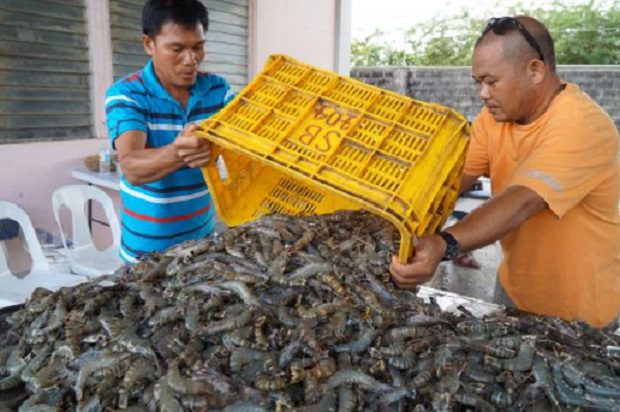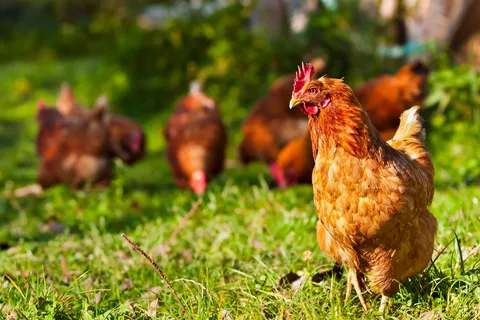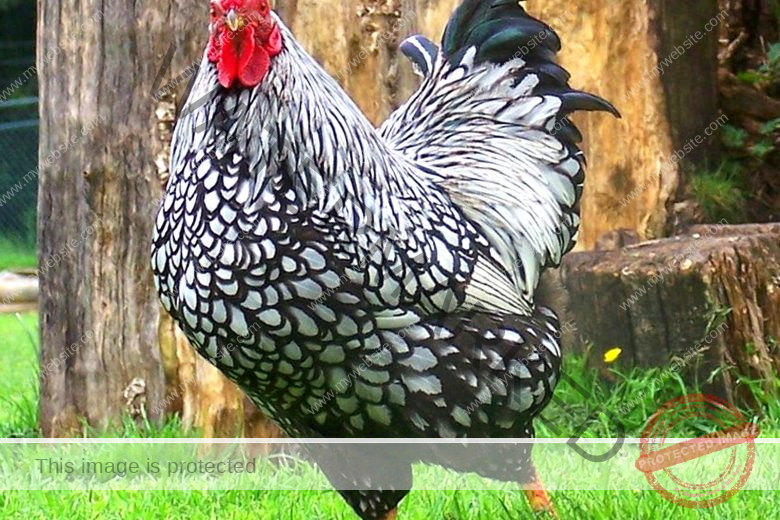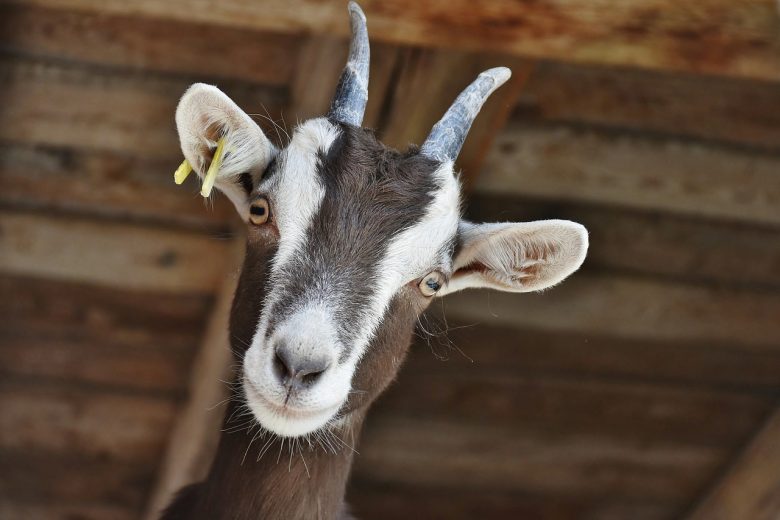The shrimp farming business is meant for those who are curious to make a living from the business. Shrimp farming is one of the fastest-growing industries in many parts of the world today. It is particularly popular in Asia including the Philippines.
The health benefits of shrimps cannot be overemphasized hence the high demand by consumers to prepare daily food. To begin shrimp farming in the Philippines, you have to choose a location, build your pond, purchase juvenile shrimps, stock your pond, provide food for your shrimp, and harvest your shrimps.
If you are serious about shrimp farming, ensure you follow the steps mentioned above from the beginning to the latter to get optimum results.
[Beginners Guide] How To Start Shrimp Farming In The Philippines
Shrimp farming is undoubtedly a great business venture. One that promises to rake in the profits if done right. That is why we took to the task to compile the necessary steps you can follow to help you attain desired results.
Read Also: Guide To Start A Goat Farming Business In Philippines [Beginners Tips]
Step 1: Choose a Location
First and foremost, you must choose an excellent location for your new venture. The location should be quiet and free of noise and pollution. Avoid residential at all costs. In addition, there should be electricity, water, and good transportation systems in your chosen area.
Read Also: How To Start Poultry Farming Business In Philippines [Beginners Guide]
Step 2: Pond Construction
There are various types of pond designs where you can raise your shrimp. For growing shrimp, there are earthen ponds, concrete tanks, plastic tanks, and any other type of water reservoir.
The type of pond design and construction you choose will go a long way to determining the amount of yield you will harvest.
Read Also: [Beginners Guide] How To Start Ostrich Farming In Zambia
However, the best is the earthen pond known to give the best yielding result compared to other pond options. Also, you have to check out the soil quality as well as the water quality to be sure it is fit to raise your shrimps.
Step 3: Purchase Juvenile Shrimps
You must select the right shrimp specie. There is a shrimp specie that is reared in freshwater and there are shrimp species reared in salt water. The Giant River Prawn is good specie if you will be using fresh water, the Giant Tiger Prawn is the best specie for saltwater.
You can purchase quality juvenile shrimps from an existing shrimp farmer in your area. You can also contact your nearest fisheries institute for the same purpose.
Here Is A Complete Video You Can Watch To Get You Started:
https://www.youtube.com/watch?v=ok04uqBV4roStep 4: Stock your Pond
Remember, you want your shrimps to reach the maturity stage and get ready for market sales. We recommend that you purchase the fry from hatcheries rather than breeding on your farm because breeding takes a long while and is not an easy task.
Once you’ve selected the shrimp specie that you want, then it is time for stocking. Make sure there are no harmful insects before stocking. If you find insects or larva, use an organic method to remove them.
Check for any other fish that could be harmful. Furthermore, temperatures between 6° F and 8° F are ideal for juvenile shrimp. It is ideal to stock your shrimps at a rate of 12,000 – 16,000 per acre.
Step 5: Feed your Shrimp
Good and nutritious food ensures better growth and maximum output. You can feed the shrimp from natural sources. However, if you want a good yield, you must provide them with adequate supplementary feeds.
That is why we recommend commercial feeds for shrimp feeding. This type of food is made specifically for feeding shrimp. You can improve your production by using these ready-made commercial foods.
Step 6: Shrimp Management
Good care allows the shrimp to remain healthy and grow faster. As a result, try to take good care of them. You have to be vigilant and consistently monitor your shrimp’s health regularly. If you run into any difficulties, seek the assistance of a professional.
Step 7: Harvest your shrimp
The majority of shrimp species grow quickly and can be harvested and made ready for market. You can harvest all of the shrimp at once, or you can collect the larger ones first and the smaller ones later. There are numerous local methods for harvesting shrimp.
How Much Does It Cost To Start A Shrimp Farm?
The cost of establishing a shrimp farm is determined by the type and size of the shrimp farm. That is why you must conduct research to determine the cost of expenses such as land, shrimp farming equipment, and labor costs, among others.
Is Shrimp Farming Profitable In The Philippines?
In the Philippines, shrimp farming is a lucrative seafood industry. Given the high demand for shrimp from large corporations as well as a large number of individual consumers, it is an excellent business to start in the Philippines.
How Do I Start A Shrimp Farm At Home?
Shrimp farming at home is different from farming outdoors. If you want to raise shrimps at home, then you have to consider following the steps outlined below.
- Purchase healthy juvenile shrimps.
- Set up a fish tank. There are different options of fish tanks that you can choose from. Go for the one that best suit you.
- Monitor the water temperature at all times.
- Aerate the tank
- Stock your shrimp in the tank
The equipment needed includes a fish tank, pump and filter, heater, rocks, substrate, plants, thermometer, and fish or shrimp food
How Many Months Does It Take To Harvest Shrimp?
Generally, shrimps are harvested 7 to 8 months after stocking. The manner and method of harvesting depend on the suitable method for the farmer
Is There Money In Shrimp Farming?
Shrimp farming is one of the most lucrative seafood businesses in the world. The high-level demand makes it a lucrative venture meaning there is money in shrimp farming.
How Do I Start A Shrimp Business?
Shrimp farming can be done by anyone and with modern technology, it can also be done indoors. However, for large-scale commercial farming, there is a need to acquire technical skills.
Interestingly, you can start a shrimp business by venturing into shrimp farming. On the other hand, you can purchase the shrimps in bulk from shrimp farmers and reselling to retailers and direct consumers
How Profitable Is Prawn Farming?
Shrimp farming is a profitable seafood business. Given the high demand for shrimp from large corporations as well as a large number of individual consumers, shrimp farming is worth the risk.
Can You Grow Shrimp In A Pond?
Absolutely yes! It is possible to grow shrimp in a pond. Earthing ponds are considered the best because they give a high yield compared to other types of pond design and construction.
How Much Shrimp Is Farmed?
Farmed shrimp account for 55% of total shrimp production worldwide. China has the most shrimp aquaculture, followed by Thailand, Indonesia, India, Vietnam, Brazil, Ecuador, and Bangladesh, and it has generated significant income in these countries.
How Fast Do Shrimp Reproduce?
Shrimps reproduce quickly. The entire breeding process usually takes three to five months. That shrimp female can typically produce between 21 and 51 shrimplets per hatching. Larger females produce more shrimplets.
How Much Money Can You Make Selling Shrimp?
Selling shrimp can make you a lot of money. However, the size of your operation, the setup, the required maintenance, potential diseases, where you are located, how you raise your shrimp, and how you choose to sell them are all important factors to consider.
Do Shrimps Breed Easily?
Yes! Shrimps breed quickly. The majority of the varieties are simple to breed and care for, and they will naturally hide from predators.
What Type Of Soil Is Best For Shrimp Culture?
The best type of soil to culture shrimps is the sandy clay loam.
What Is The Life Cycle Of A Shrimp?
The lifecycle of a shrimp is in 8-stages from the egg to the adult stage. The first stage is the egg stage, then to nauplius stage which has five stages. The protozoa stage is the third, followed by the mysis, postlarvae, juvenile, sub-adult, and adult stages respectively.
Which Country Produces The Most Shrimp?
Thailand is by far the market leader, accounting for more than 30% of the market, followed by China, Indonesia, and India, each accounting for about 10%.
How Much Money Can You Make Selling Shrimp?
Selling shrimp can fetch you a lot of money. However, the size of your operation, the setup, the required maintenance, potential diseases, where you are located, how you raise your shrimp, and how you choose to sell them are all important factors to consider.
Is It Easy To Grow Shrimp?
Growing shrimps is one of the easiest aquaculture tasks. However, the larger the scale of production, the more tedious the task gets.
How Do I Sell Freshwater Shrimp?
You can sell your freshwater shrimp in a variety of ways. If possible and permitted in your area, you can sell them at a local fish store, fish market, online sale, or front yard sale.
What Does Farm Raised Shrimp Eat?
Farm-raised shrimp are fed soybean meal or plant-based products. In addition, they are given lablab, Lumut, and phytoplankton, among others.
Cost Of Starting A Shrimp Farm
A shrimp farm is estimated to cost $7000 to establish. Land, shrimp farming equipment, and manpower costs are among the costs.
Shrimp Farming Philippines Investment
Shrimp farming has become one of the most profitable businesses in the Philippines, with production costs reduced to around P170 to P180 per kilogram thanks to the CPF system. This has attracted lots of investors to invest in shrimp farming because of the high yield.
Shrimp Farming Guide PDF
Shrimp Farming is a very simple process to raise shrimp. The shrimp farming PDF guide is designed to help you achieve your goal of becoming a successful shrimp farmer by providing step-by-step instructions and diagrams.
Indoor Shrimp Farming
Indoor shrimp farming is a unique business opportunity with a high potential for growth and profit. Shrimp farming is one of the most profitable fishing businesses in the world, yet it isn’t widely recognized as a viable business model.
It offers consumers fresh, healthy seafood that also provides environmentally friendly benefits. Shrimp farming also includes many social benefits such as providing employment to impoverished countries around the world and helping local communities maintain their culture and heritage.
How To Start A Shrimp Farm In Small Scale
To start a shrimp farm, you have to select land, construct a pond, purchase juvenile shrimps, stock the pond, shrimp management, feed, and harvest.
Shrimp Farming Problems
The following are the major issues affecting shrimp farming:
- Inadequate knowledge of shrimp farming
- Spilled oil
- Pollution and environmental degradation
- A scarcity of tools for mechanized shrimp farming
- A scarcity of tools for mechanized shrimp farming
- Inadequate government assistance
- Inadequate funding for research activities
- Inadequate capital for large-scale production
- Inadequate funding for research activities
Shrimp Farming Equipment
The shrimp farming equipment you need to successfully operate your shrimp farm includes water pumps, aerators/air pumps, buckets and tubs, a scale for weighing, a thermometer, strings, handling and grading equipment, seine reels, fish feeding equipment, generators, pegs, and measuring tape.
Conclusion
Shrimp farming is a highly profitable business venture to pursue, especially given the annual turnover. The business is easy to start especially from a small scale and then you can upgrade. Ensure you adhere to the steps provided in this guideline for optimal results.





